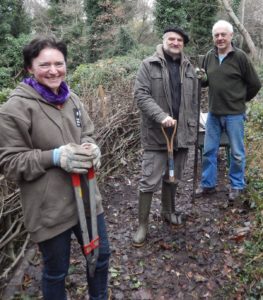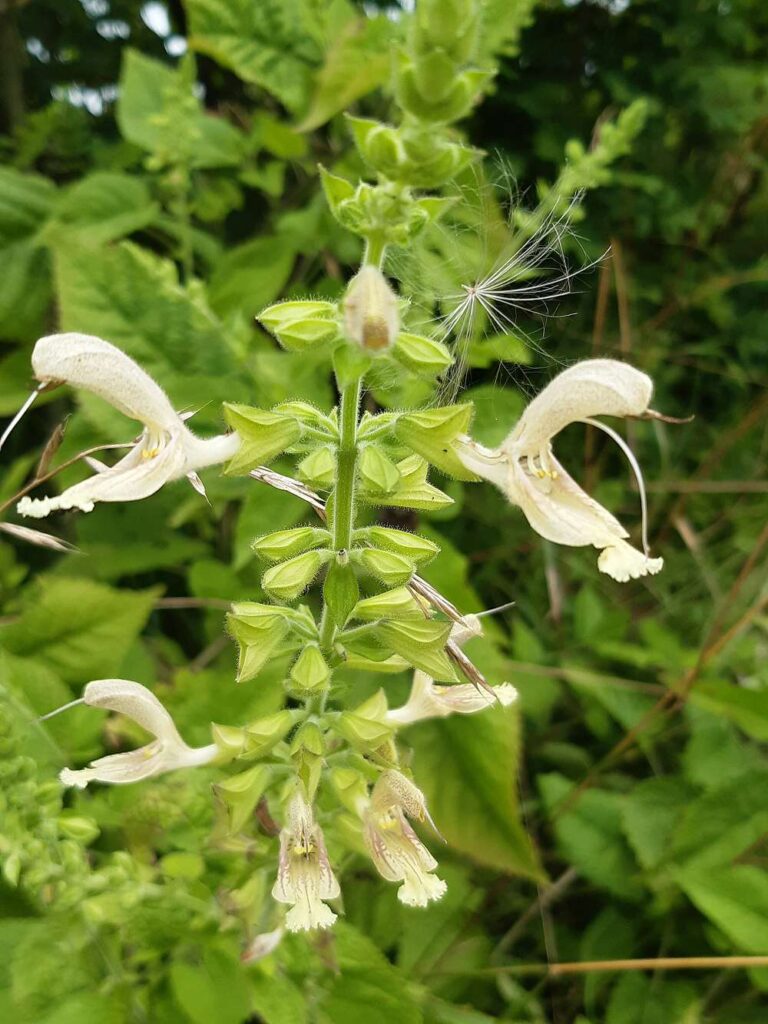
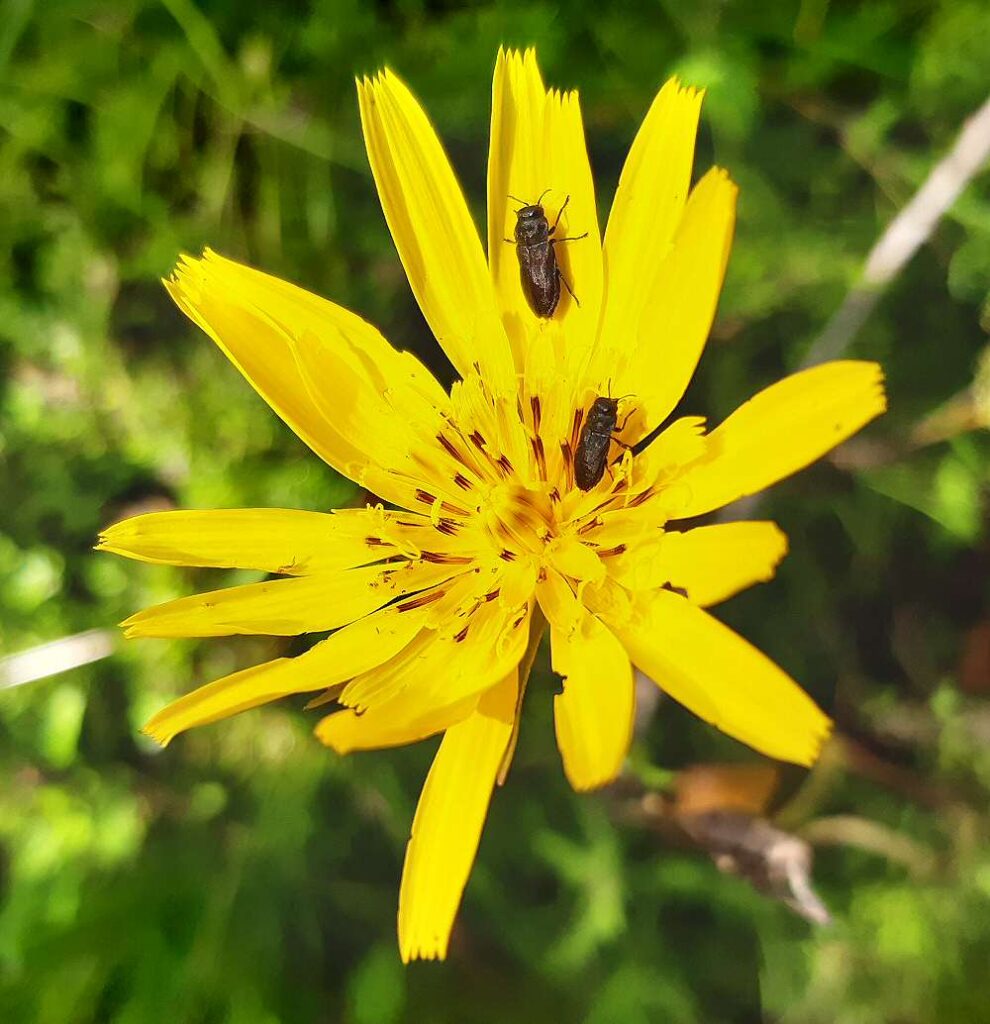
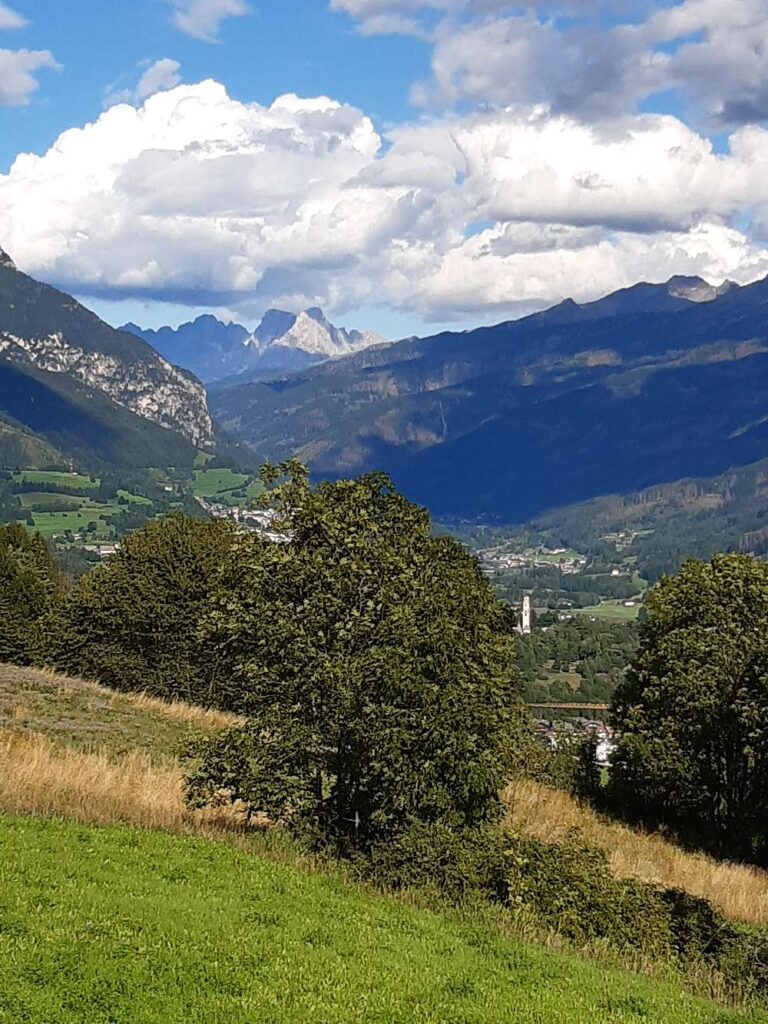
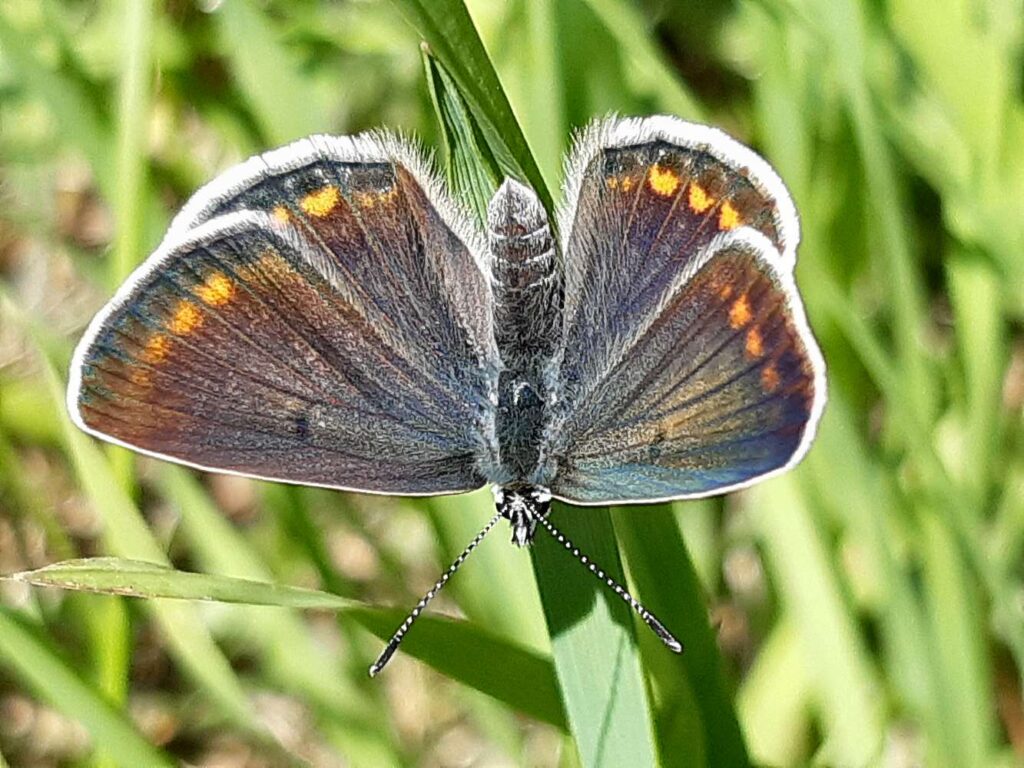
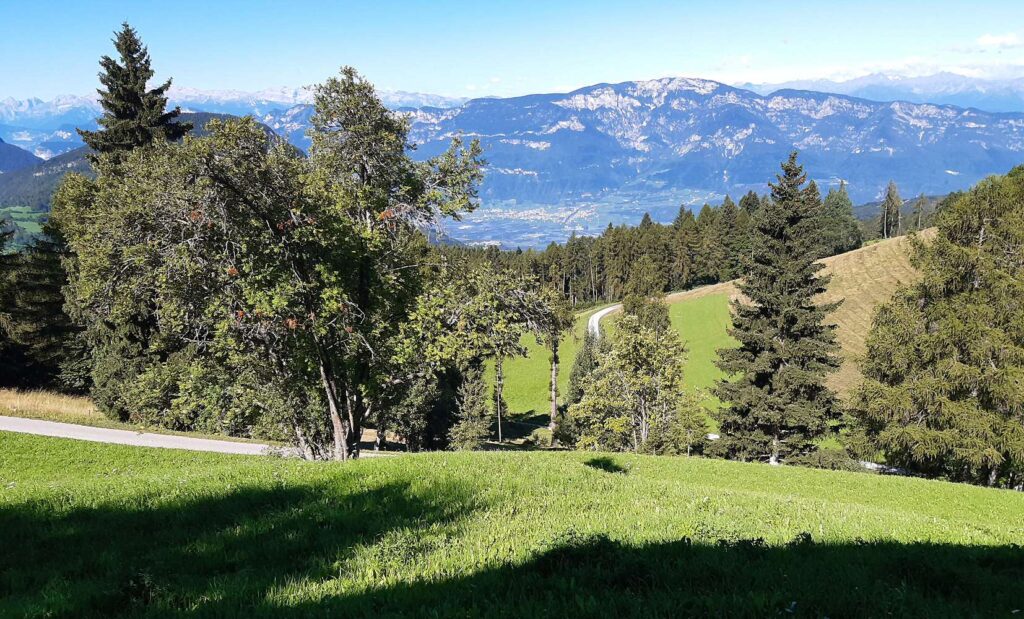
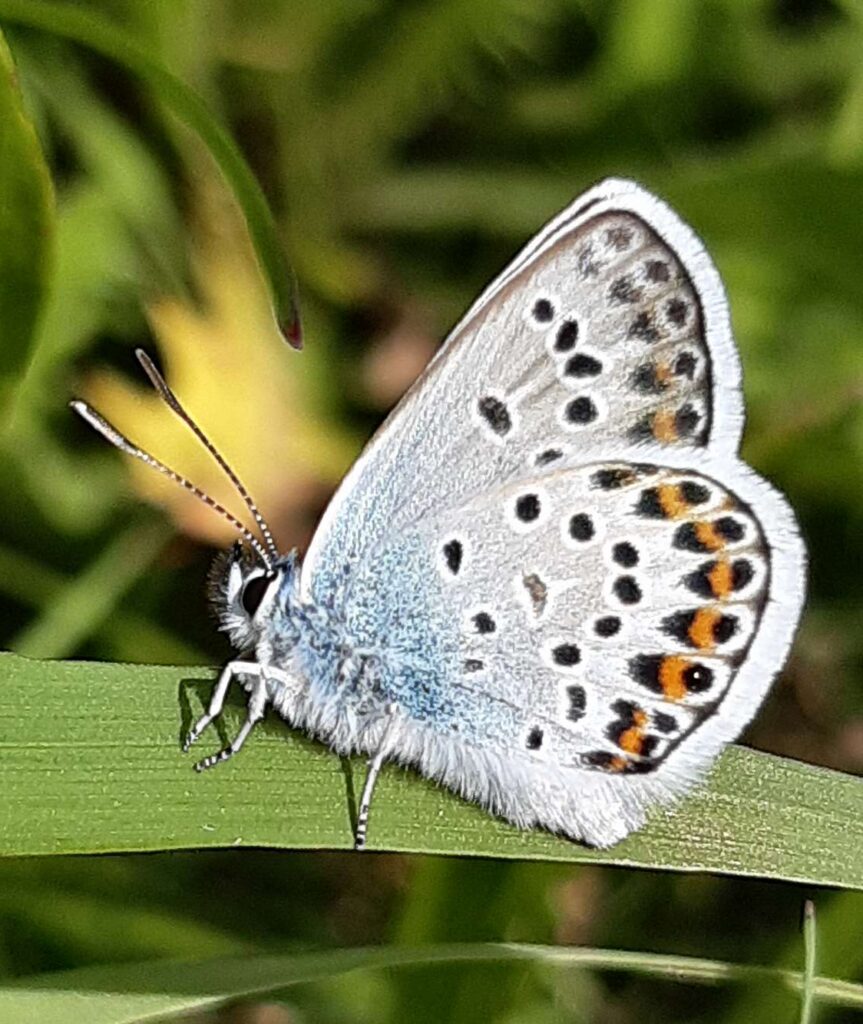
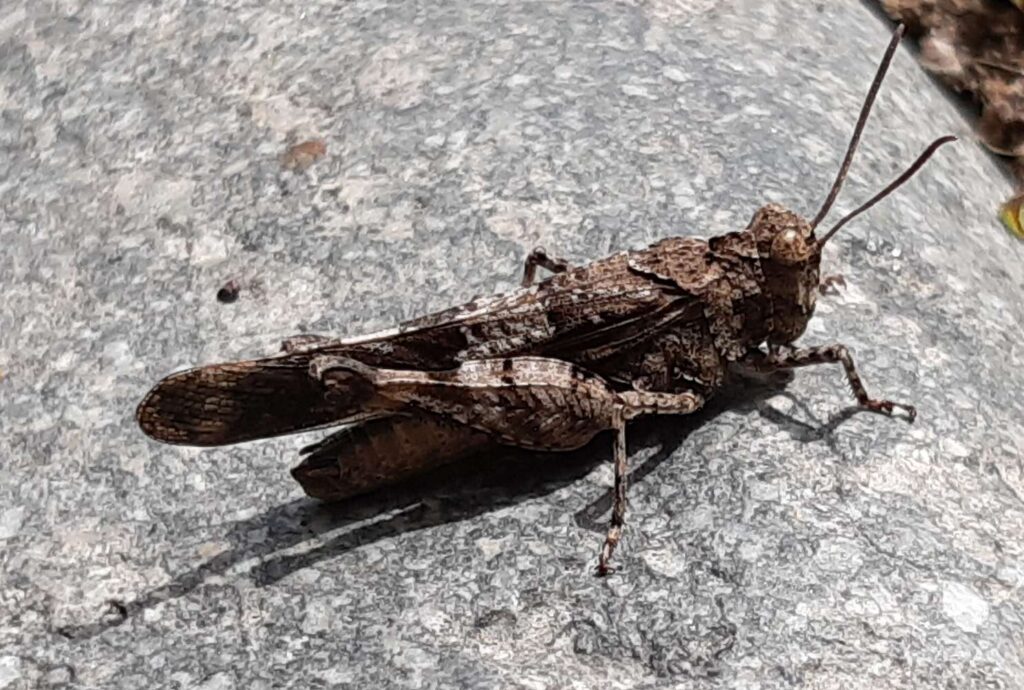
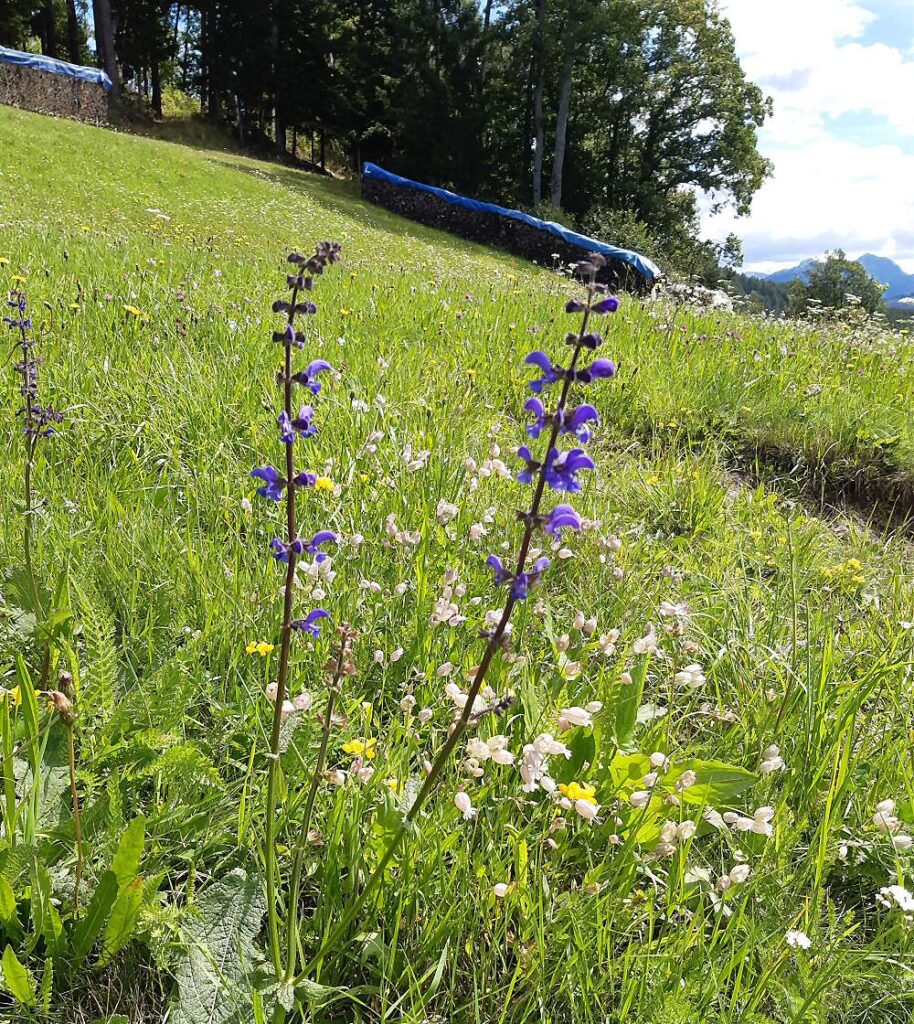
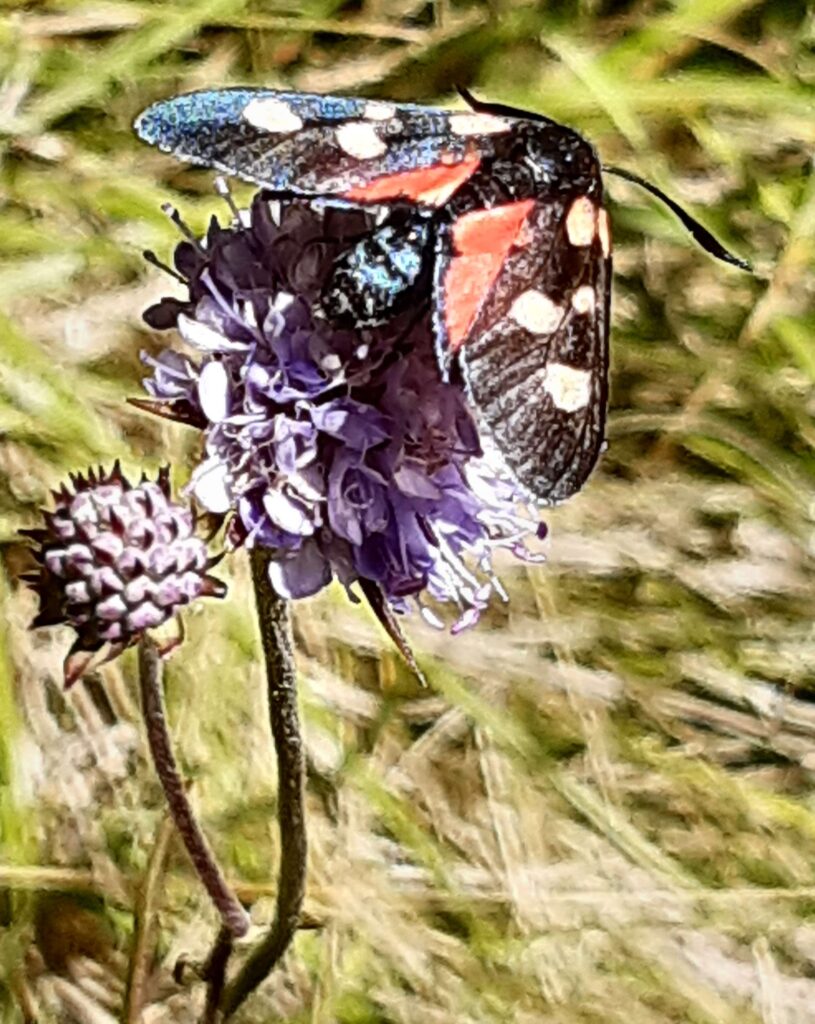
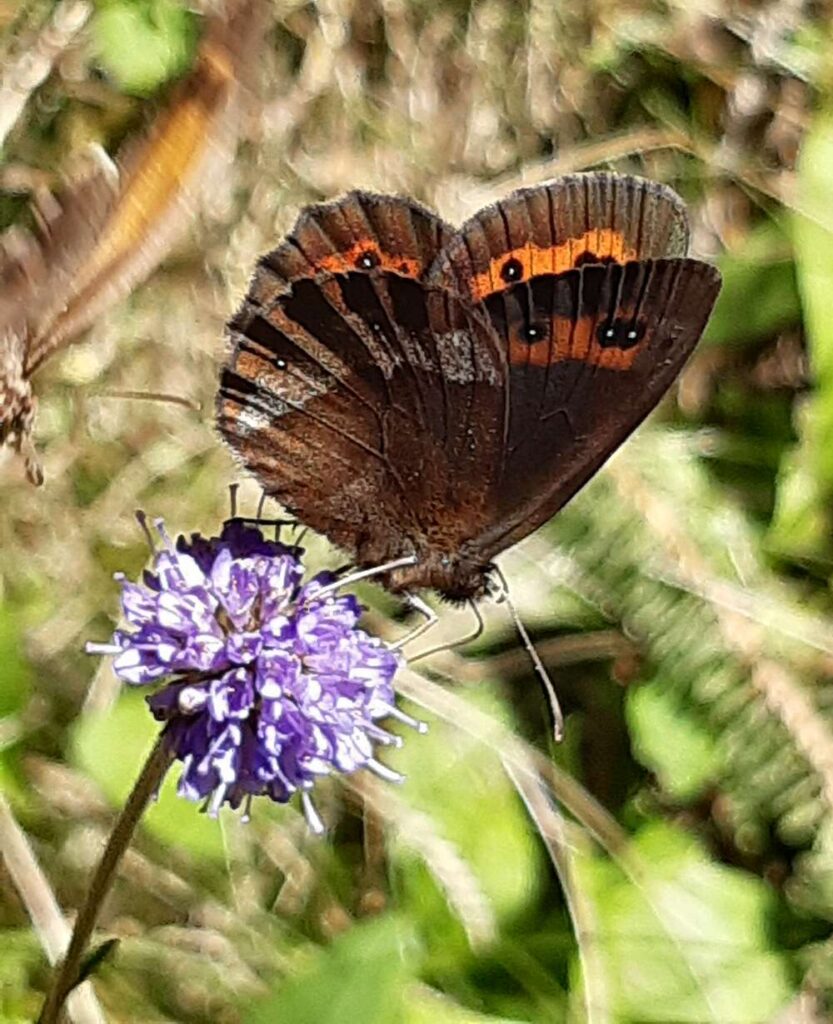
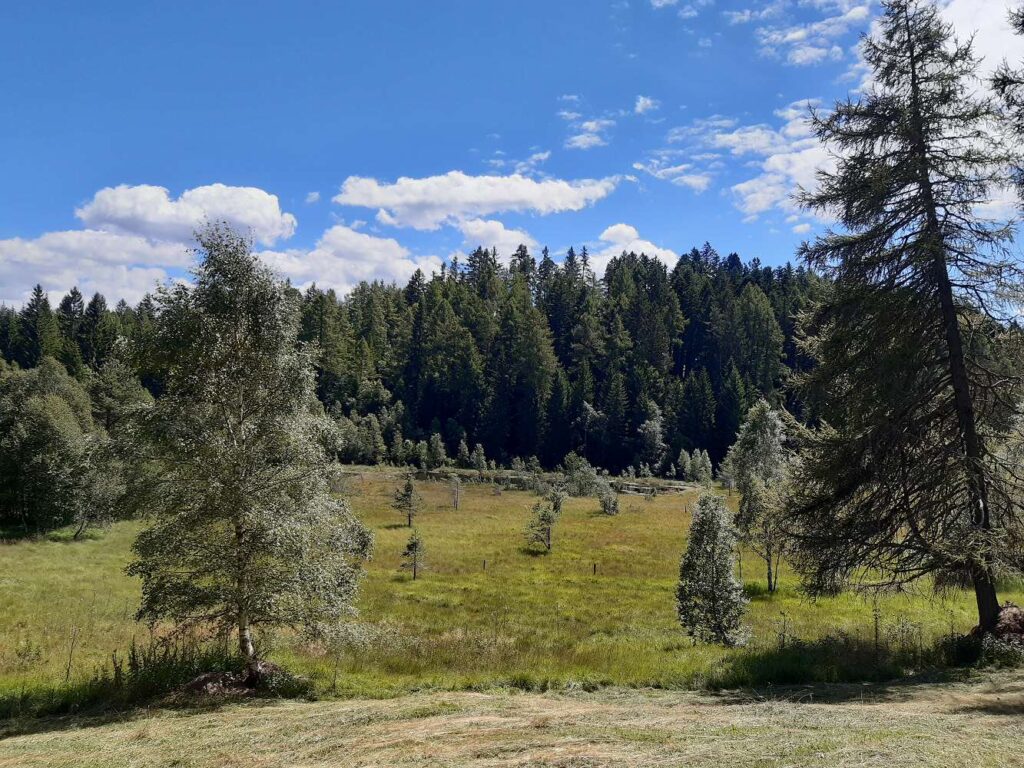
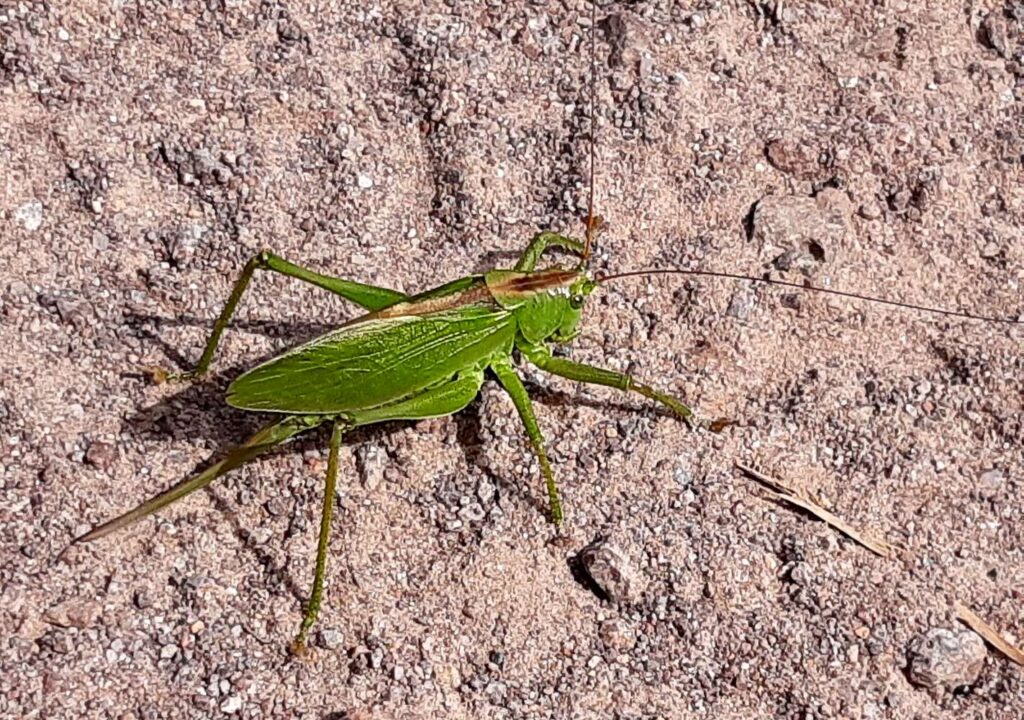
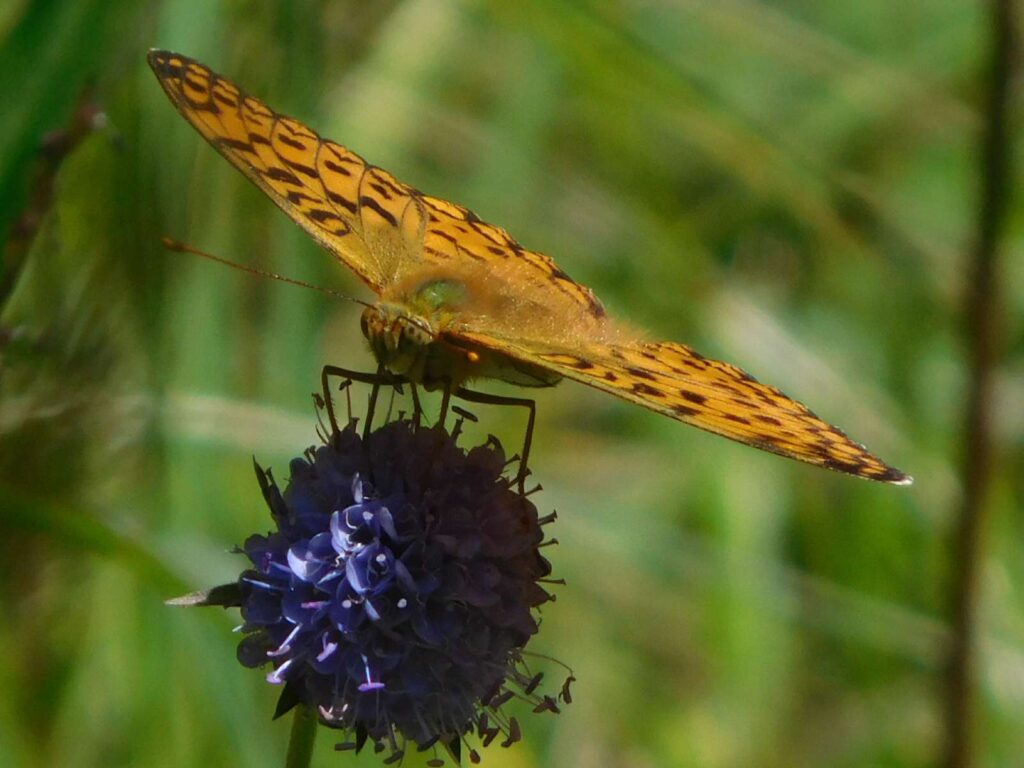
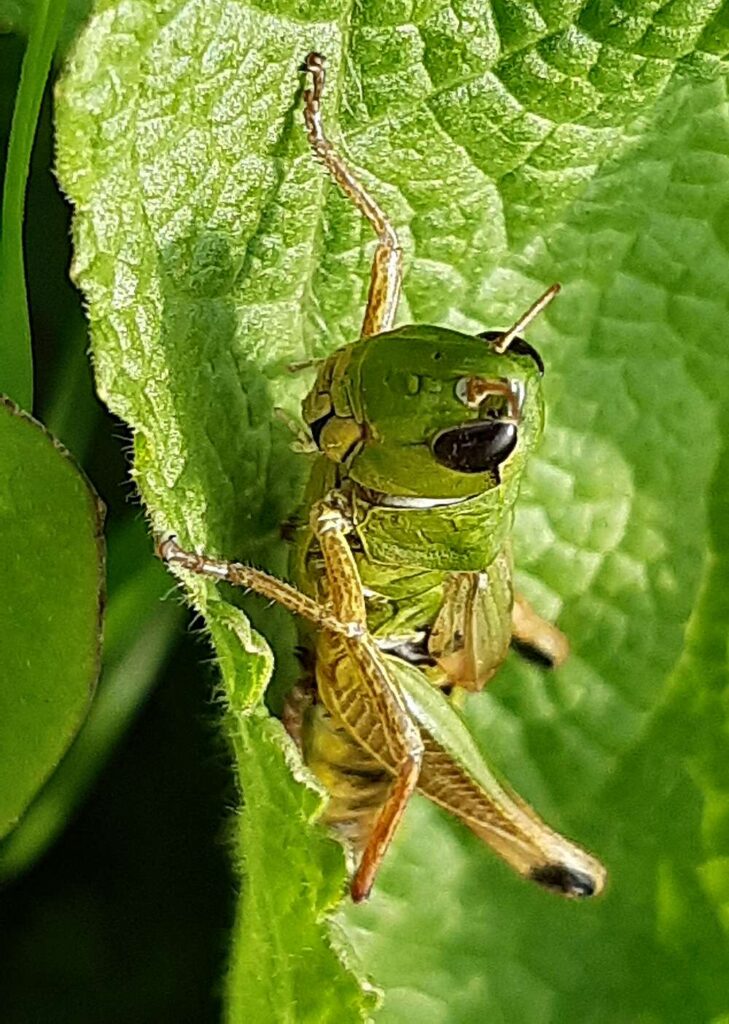
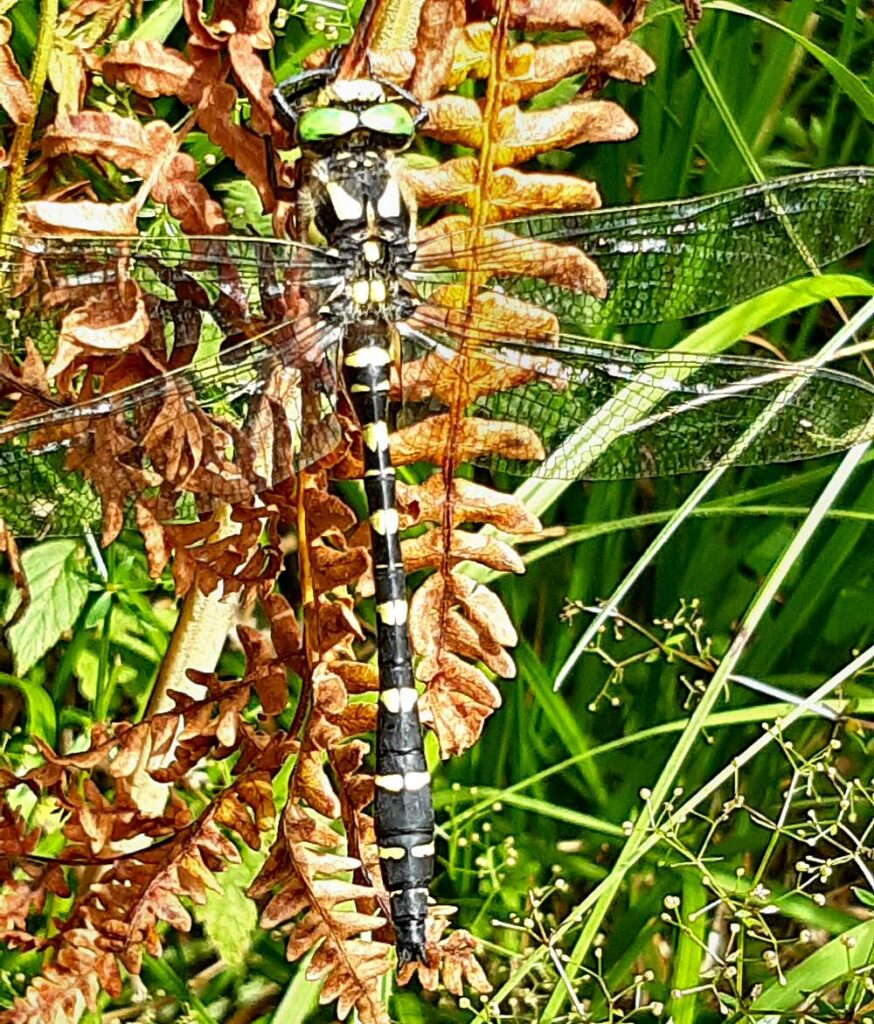
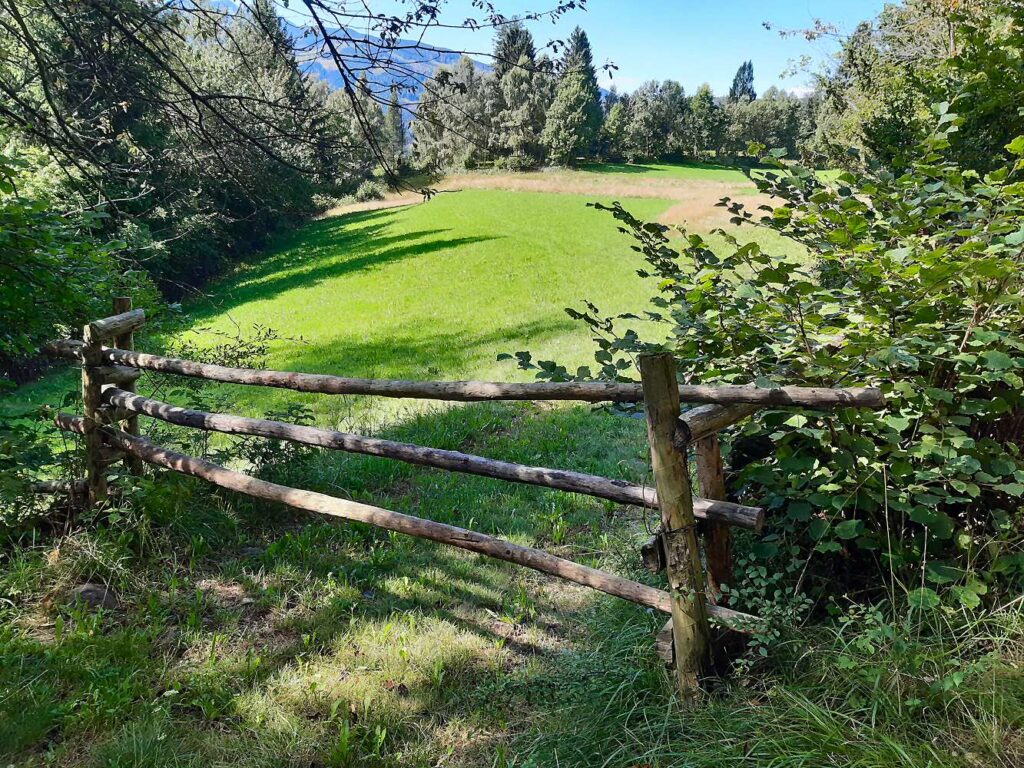
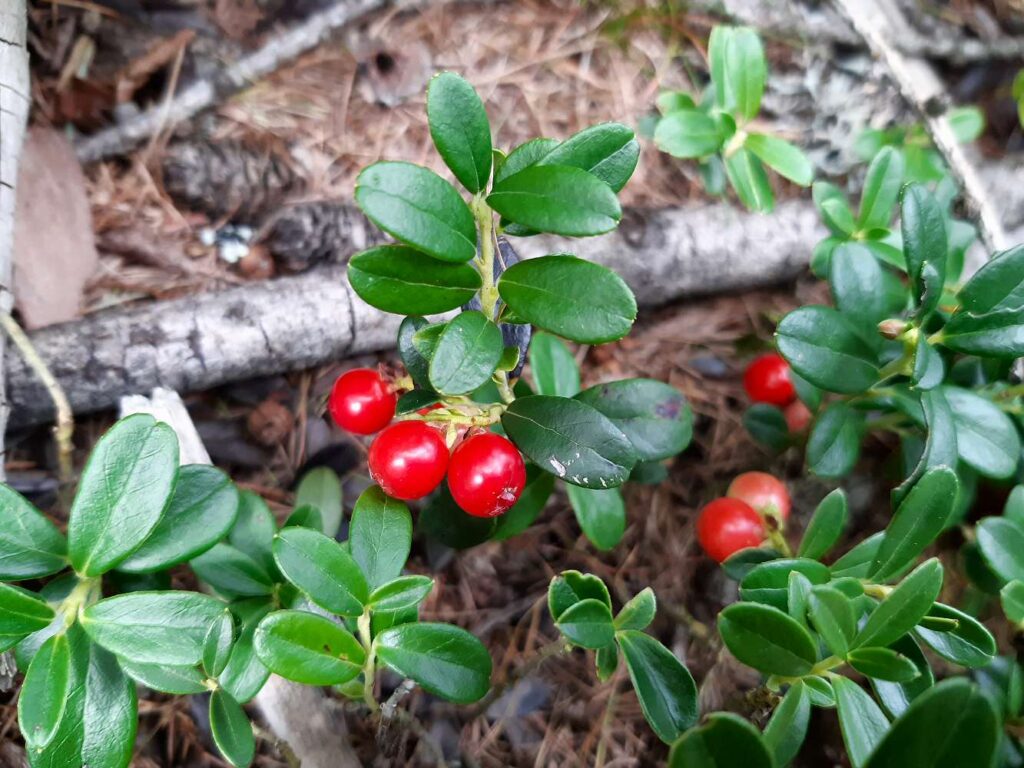
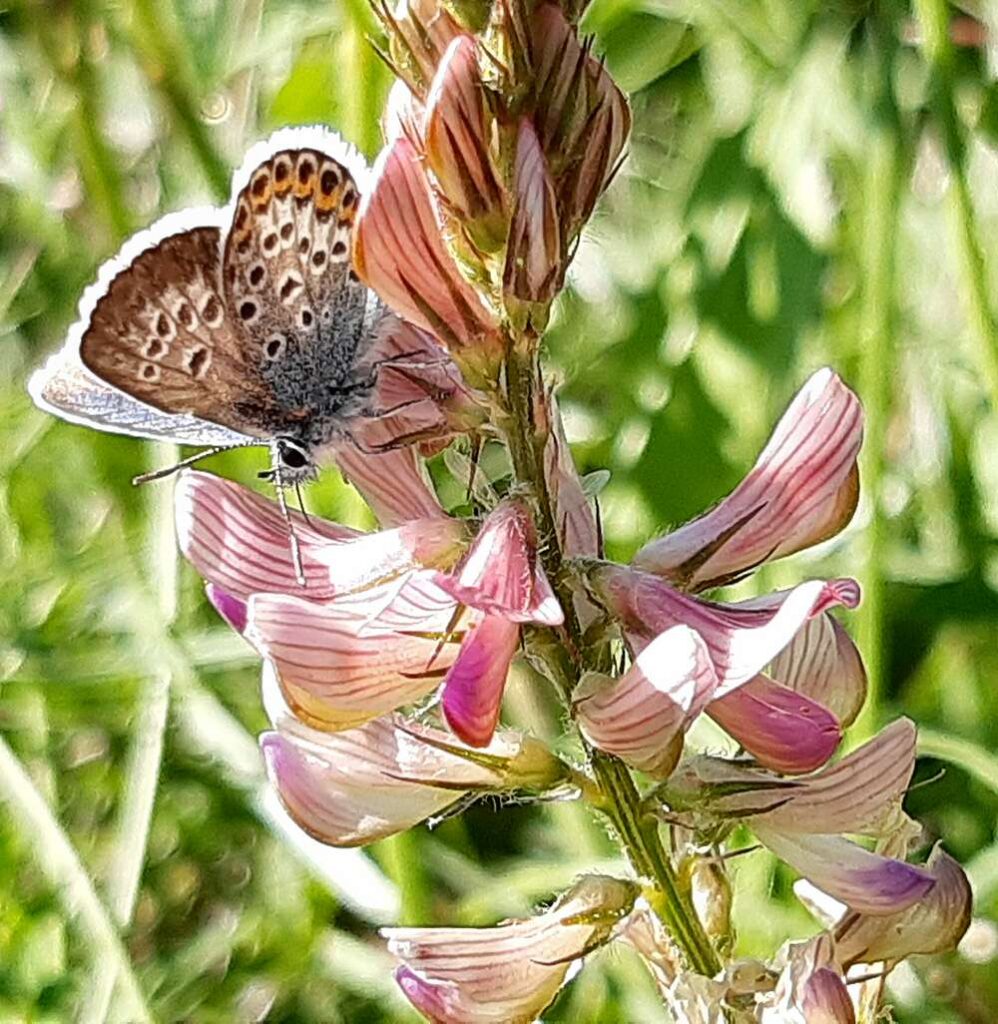
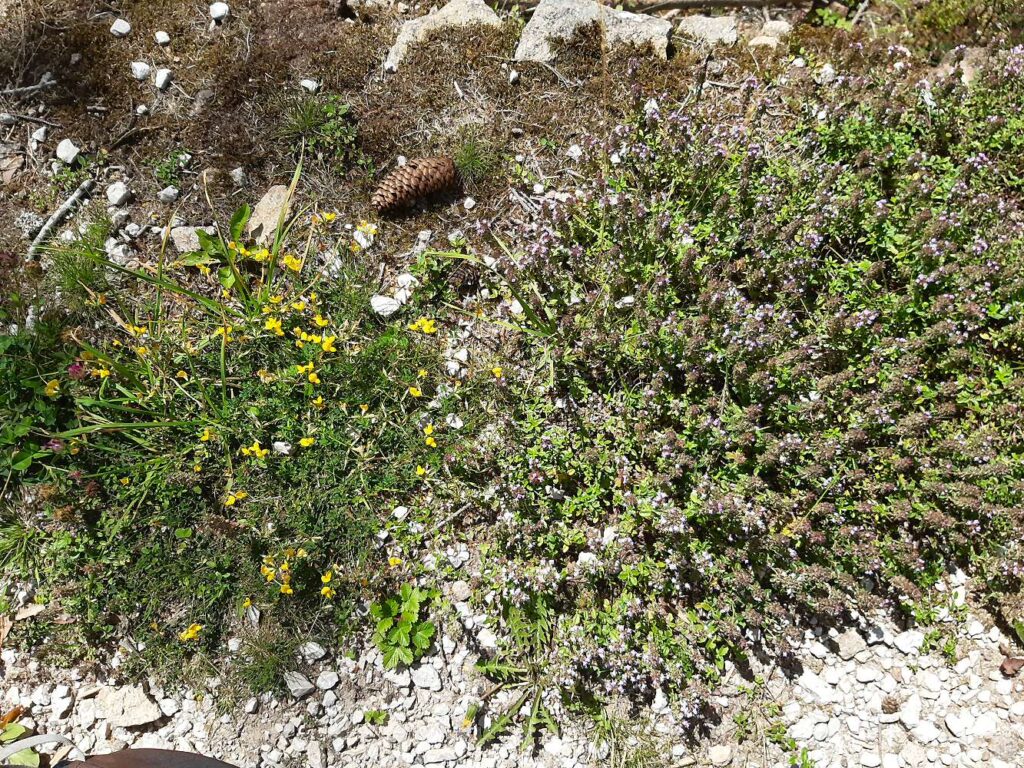
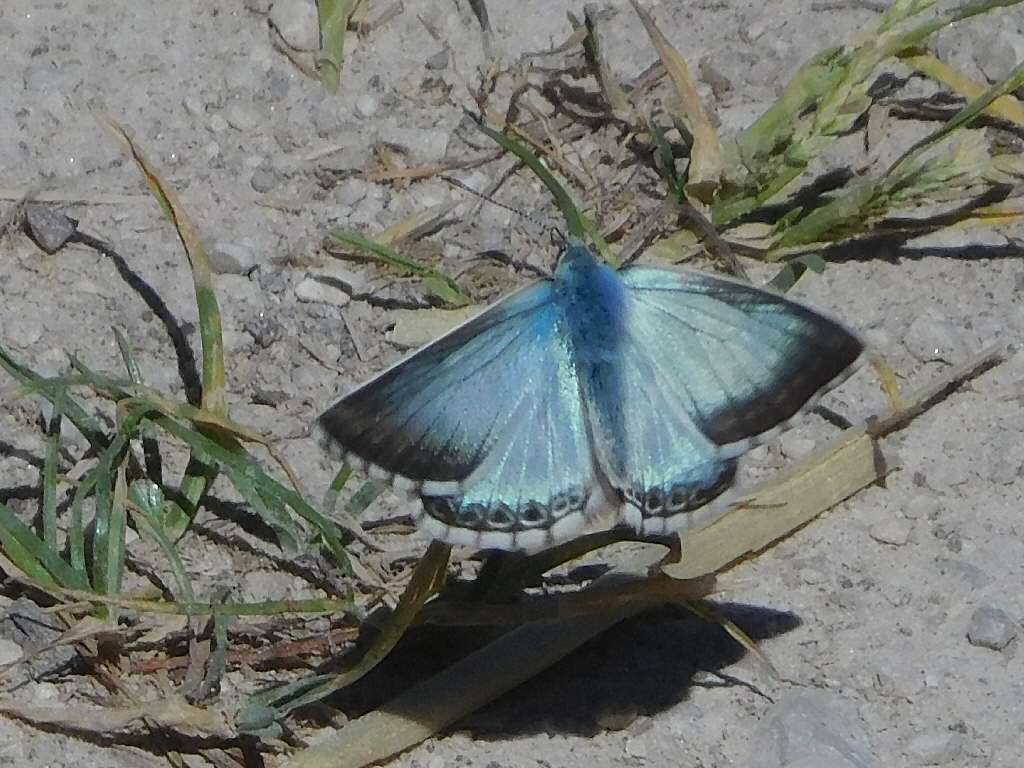
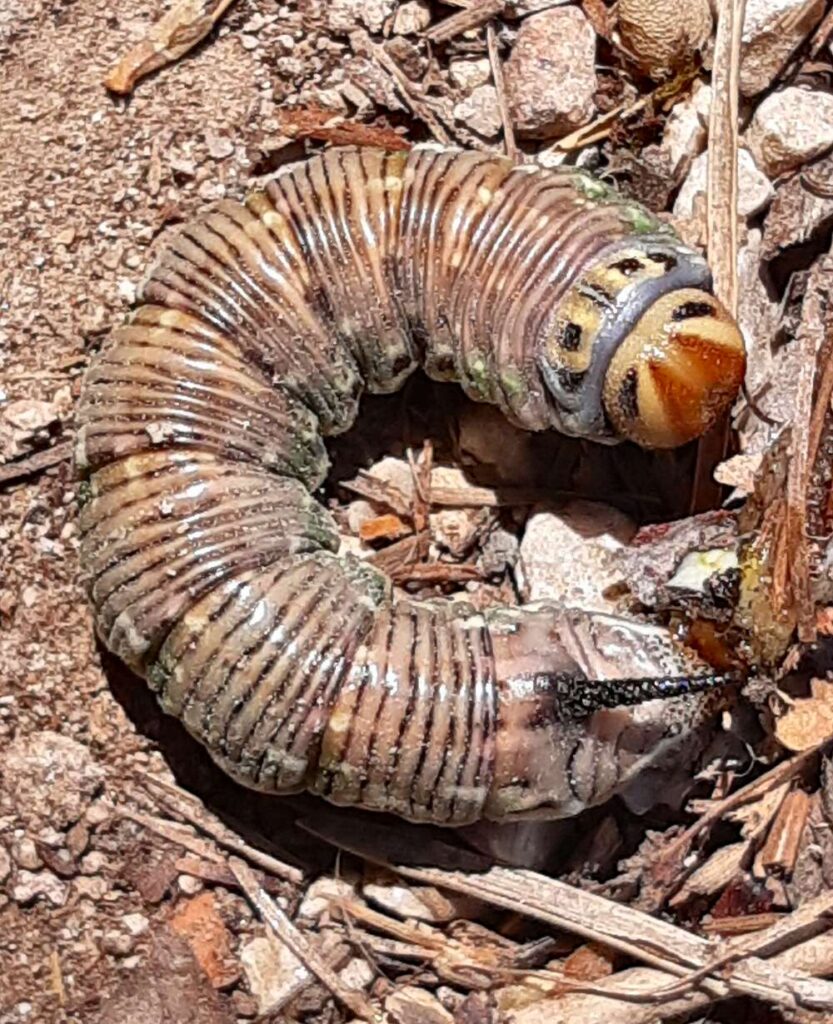
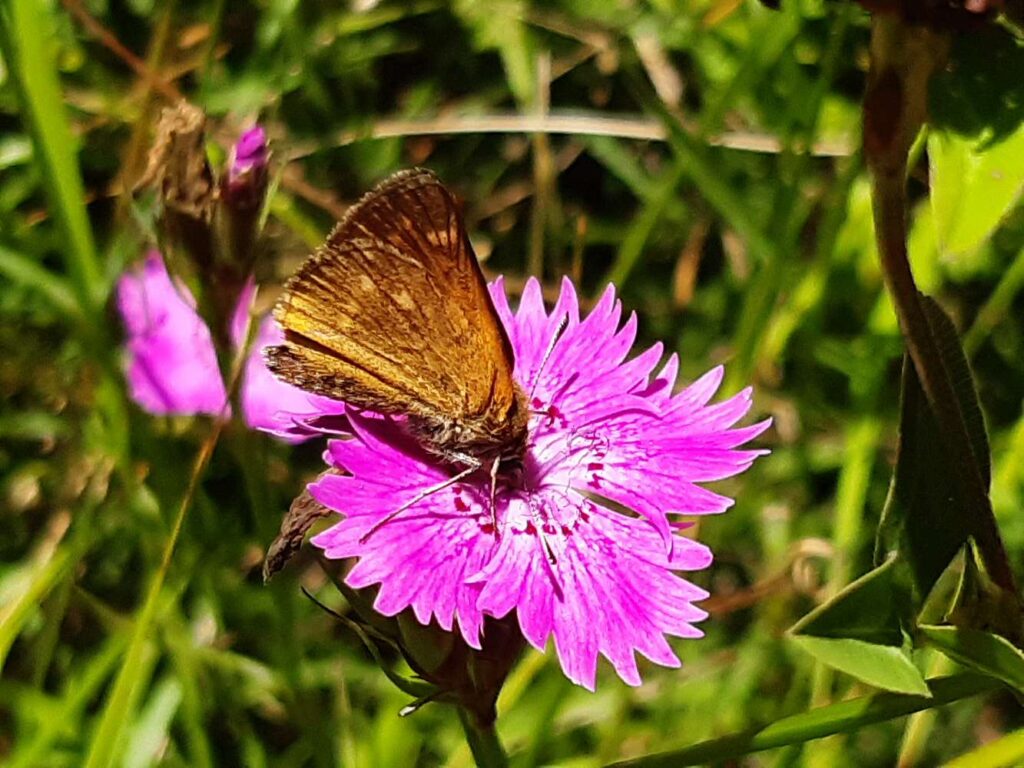
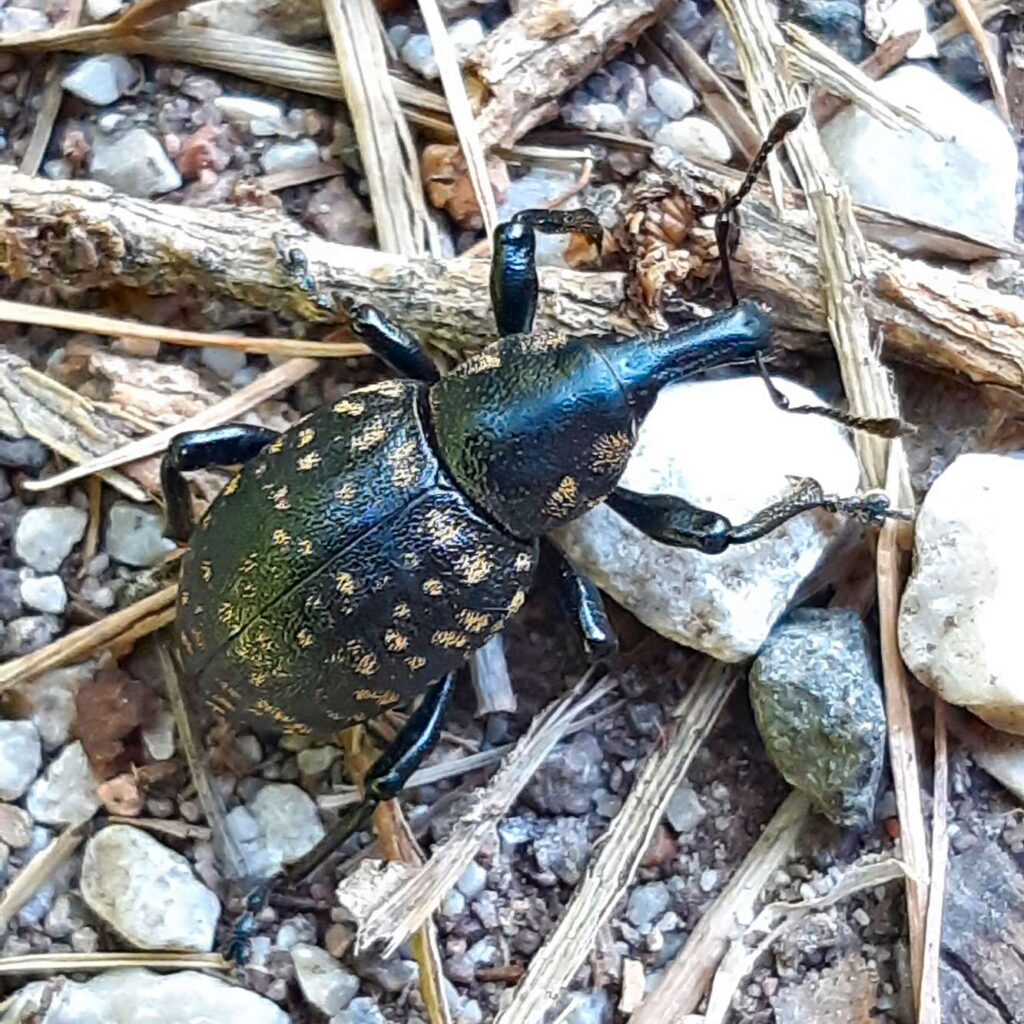
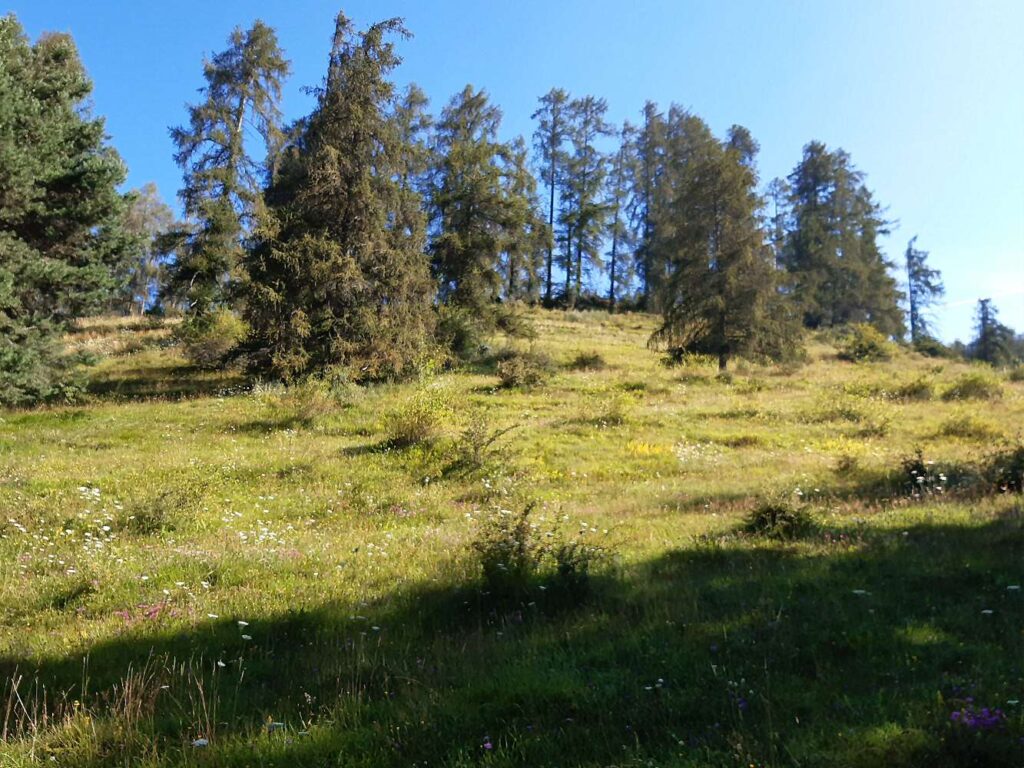
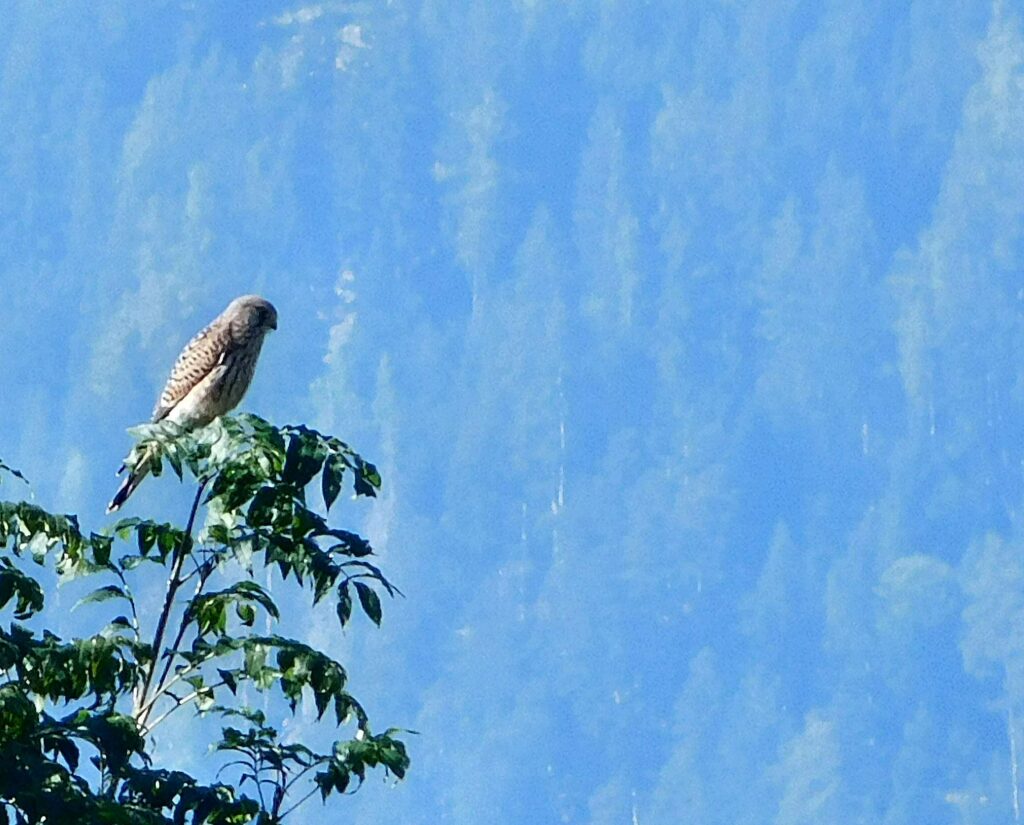

























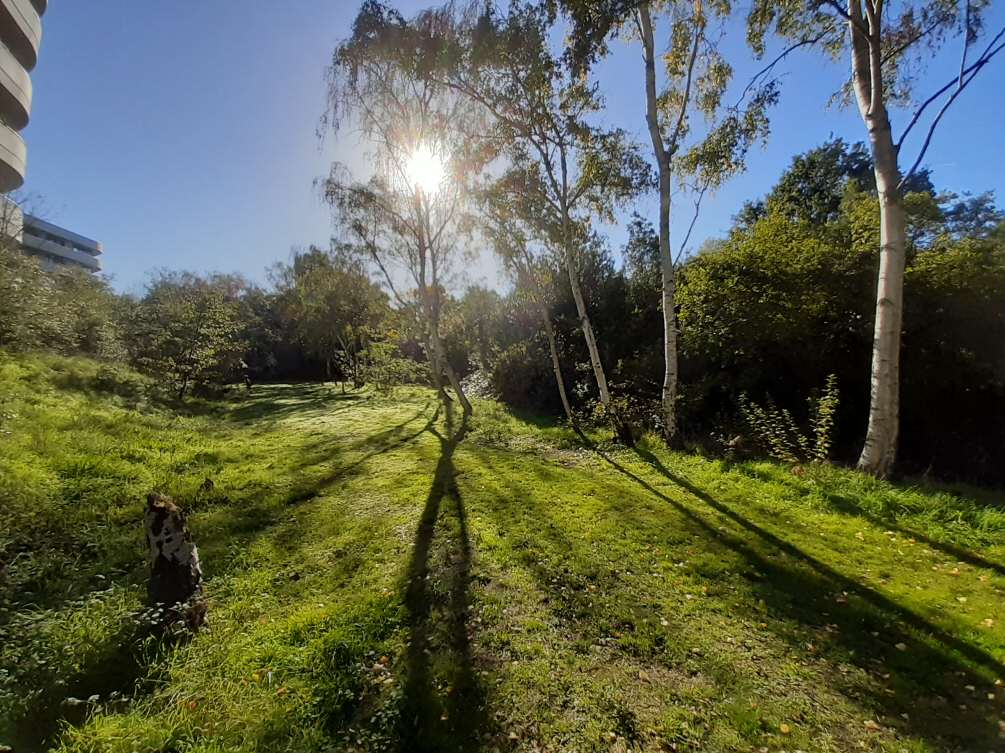
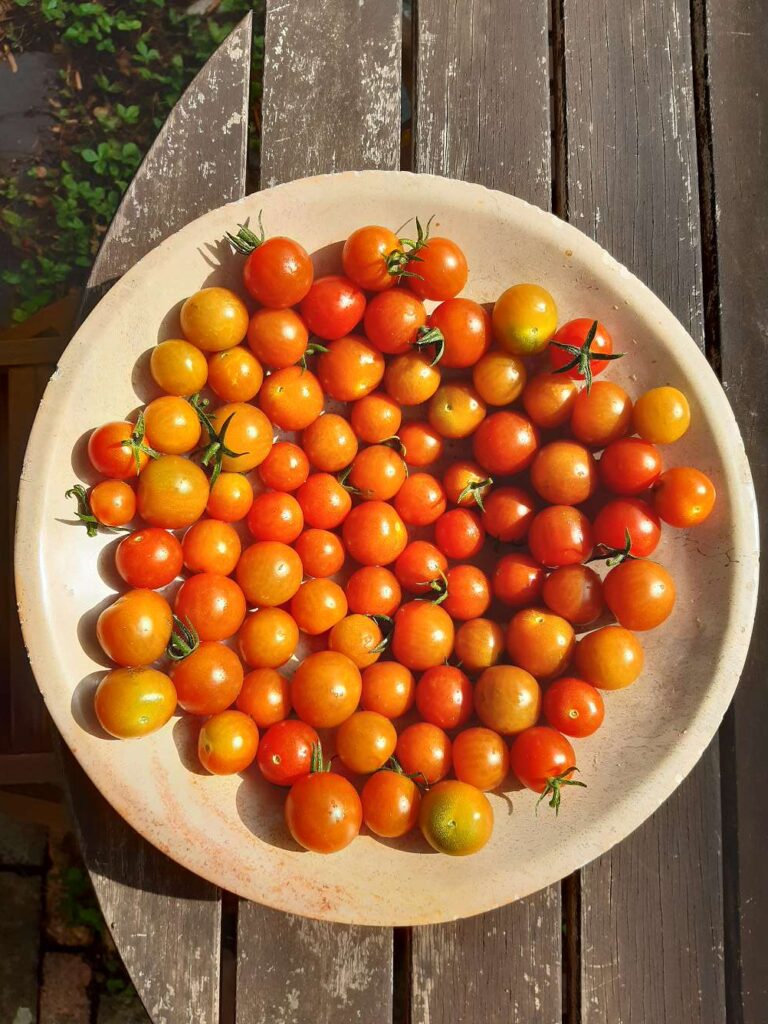
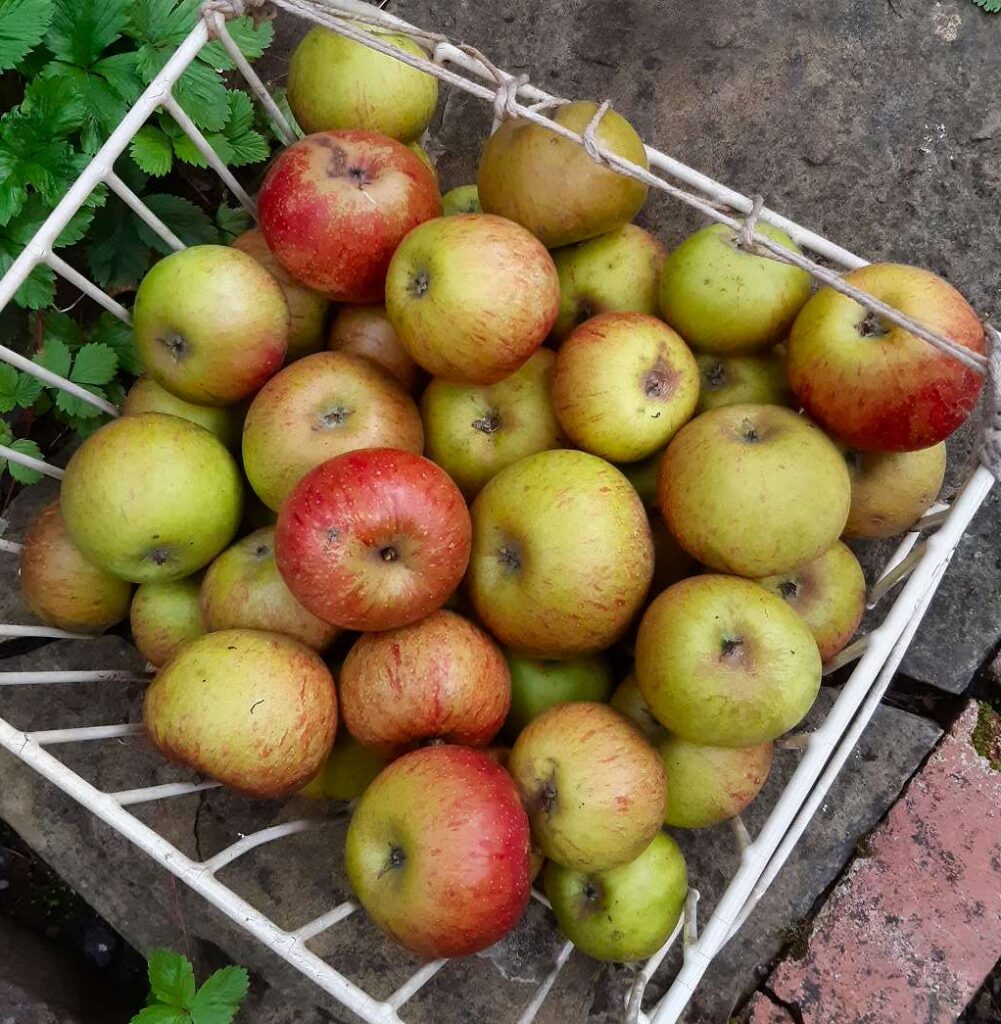
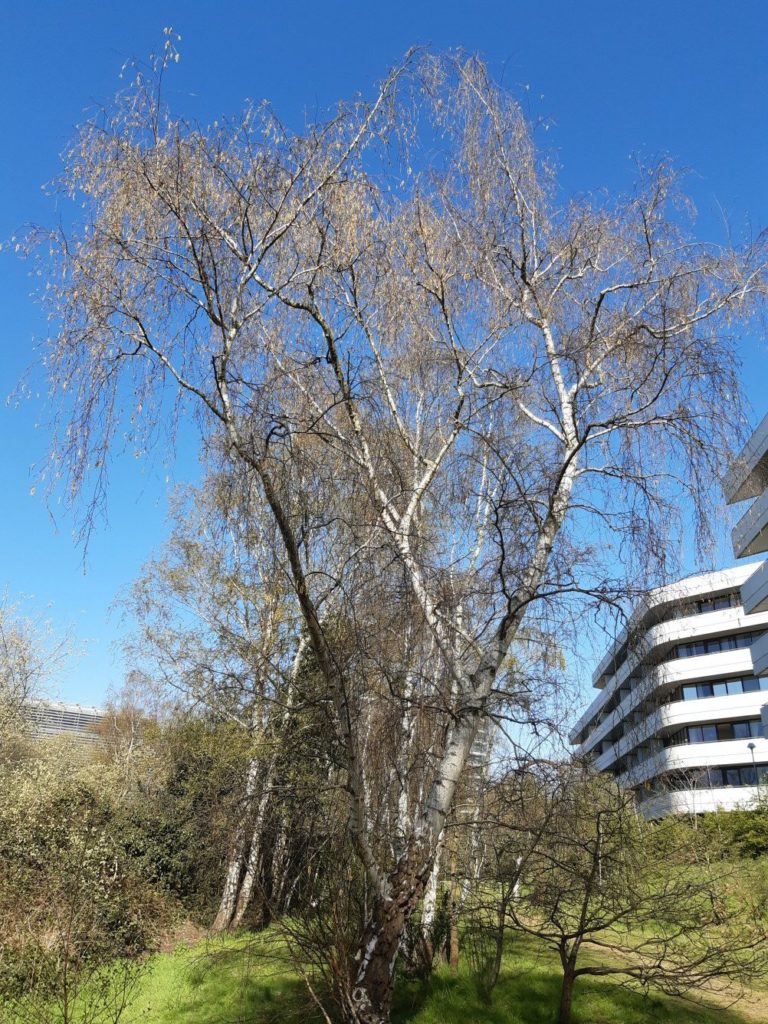

Spring has arrived, with Orange Tip, Brimstone, Holly Blue, Comma, and Small White butterflies all flying today.
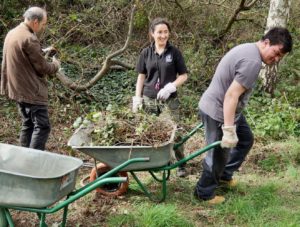
We’re racing to finish clearing the brambles along the edge of the old railway track where we hope to have some neutral or even acid grassland on the railway shingle. Time is against us now, as the warm spring weather and gentle winds have brought the warblers in. Today the first Blackcaps of the year sang in the reserve, along with Chiffchaffs, Wrens, Robins, Dunnocks, Great Tits, and Blue Tits, not to mention the chattering Magpies.
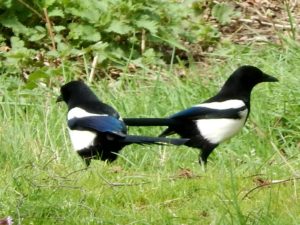
Among other animals celebrating the spring are the foxes, which have made many new holes and can often be seen about the reserve if you come along and sit quietly in the morning.
The wild Cherries are in flower all around the reserve, and the Pussy Willow catkins are glowing golden in the sunshine.
Bufftail Bumblebee queens seem to be everywhere, it being hardly possible to reach down for a bramble or a twig without disturbing one.
I was pleased to uncover two fine Birch saplings, just coming into new leaf, that had been hidden under the brambles.
Patrick found a buried milk bottle. We wiped the earth off it and held it up to the light: it read “Golden Seal” in raised curly ‘handwriting’ lettering. The brand vanished in the mergers of the 1970s as dairies grew bigger, so the bottle must have lain undisturbed for perhaps half a century, from before the Triangle became a nature reserve.
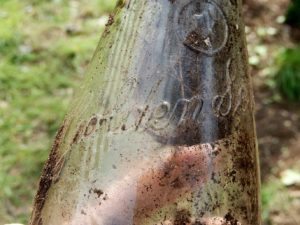
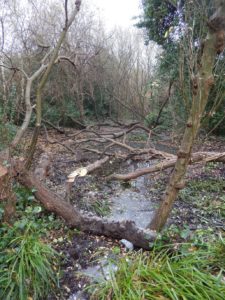
Well, after all those sunny late autumn days – it seemed to go on all through October and November, and even in Mid-December it was still as much as 15 C, extraordinarily warm – it is time to get back to talking about conservation work.
Volunteers, a corporate group, and trainees took turns to coppice and dig out the mud in the “Mangrove Swamp” (Willow carr). The newly-qualified chainsaw specialists managed to lay two willows, carefully avoiding felling them completely, to add to the artful tangle of almost-mangrove trunks over the newly-deepened water, thus giving a surprisingly “natural” look after a great deal of work.

We then dragged the cut willow to the edge of the new Birch nursery area. Several Birches have already fallen (you can see a large trunk in the photo), and many others are on their last legs, covered in ivy and only waiting for a winter storm to bring them down. So we have cleared a sizeable patch of bramble to allow seedlings to grow, and protected the area with a woven deadhedge: two lines of sharpened willow stakes (front and back of the hedge), woven with snibbed willow wands, and packed with willow twigs in between. We’ve planted a few saplings we found around the site – an oak, a birch, two hazel – and we hope they’ll be joined by many small birches in due course.
